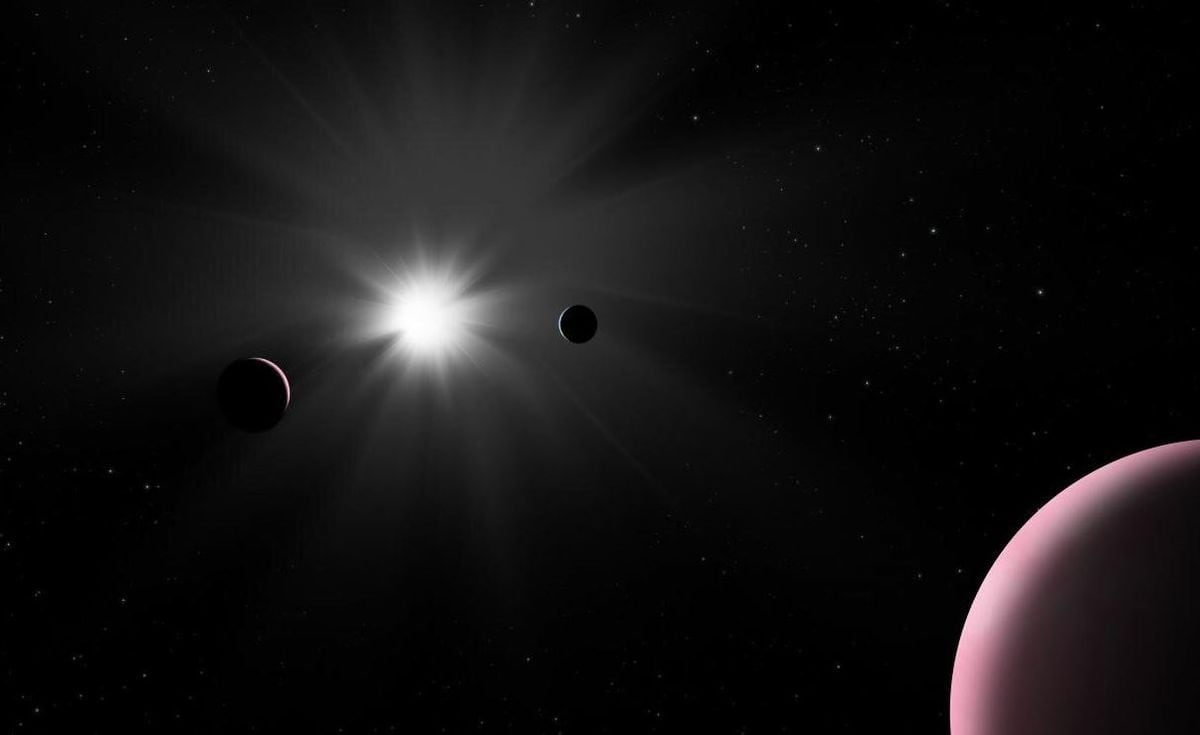In the email you have sent us, you also ask us if the planets discovered by researchers in China are on that list.
The answer to both of your questions is yes.
The only condition for the candidates to be on that list, or rather lists because there are several, is that they are confirmed, that is, that an article has been published with the demonstration that they are indeed exoplanets.
And I mean scientific publications, that is, peer-reviewed articles.
More information
Earth has been observed from 1,715 nearby stars during the last 5,000 years
The two most consulted lists of exoplanets are this one from NASA and in which there are also the statistics of the planets discovered by missions of the US space agency, and this European registry, generated and maintained mainly by the French scientific community.
We call planets that orbit stars other than our sun exoplanets.
The first to be discovered around a star like the Sun was in 1995, but it is true that a few years earlier, in 1992, a planet orbiting a pulsar, which is a highly evolved star, had been detected.
Since then, more than four thousand exoplanets have been discovered and confirmed that are on the lists I was talking about at the beginning.
All those planets that we have found outside our solar system are in our galaxy
It is important to note that all those planets that we have found outside our solar system are in our galaxy, since the technology we have for now does not allow us to search for planets in other galaxies.
Although they certainly exist because if there are in ours, there is nothing that makes us think that there are not in the others.
We use various methods to search for exoplanets, but the most efficient so far is transits, which has allowed us to discover more planets.
We also call it the eclipse method.
It consists of detecting the decrease in the brightness of a star when a planet orbiting it passes in front of it.
From 2009 to 2013, NASA's
Kepler
space telescope was operational,
observing the same area of the sky. And in those four years it allowed not only to record the eclipses produced by exoplanets that have short orbital periods, of a few days, but also those of others that have longer periods, even months. This produced a
boom
in the discovery of exoplanets and thousands were discovered. This method of transits allows you to know the radius of the planet and the inclination of the orbit, but it does not allow you to know the mass.
Since 2018 there is a new NASA mission, TESS, which, like Kepler, uses the method of transits to observe stars close to us, that is, they are very bright.
This will allow us to study, later and with other instruments, the atmosphere of the planets that orbit them.
With the method of transits, approximately 75% of the exoplanets that we know have been discovered, another 20% with the method of radial speeds, which measures the wobble suffered by the star when orbited by a planet, and which does allow us to know the minimum mass of the planets that orbit it.
There are also more methods such as, for example, gravitational microlensing or direct imaging, among others.
Cristina Rodríguez López
is a researcher at the Institute of Astrophysics of Andalusia (IAA-CSIC)
Question sent via email by
Hernando Mur
Coordination and writing:
Victoria Toro
We respond
is a weekly scientific consultation, sponsored by the
Dr. Antoni Esteve Foundation
and the
L'Oréal-Unesco 'For Women in Science' program
, which answers readers' questions about science and technology.
They are scientists and technologists, members of
AMIT (Association of Women Researchers and Technologists)
, who answer these questions.
Send your questions to
nosotrasrespondemos@gmail.com
or via Twitter #nosotrasrespondemos.
You can follow
MATERIA
on
,
and
, or sign up here to receive
our weekly newsletter
.

